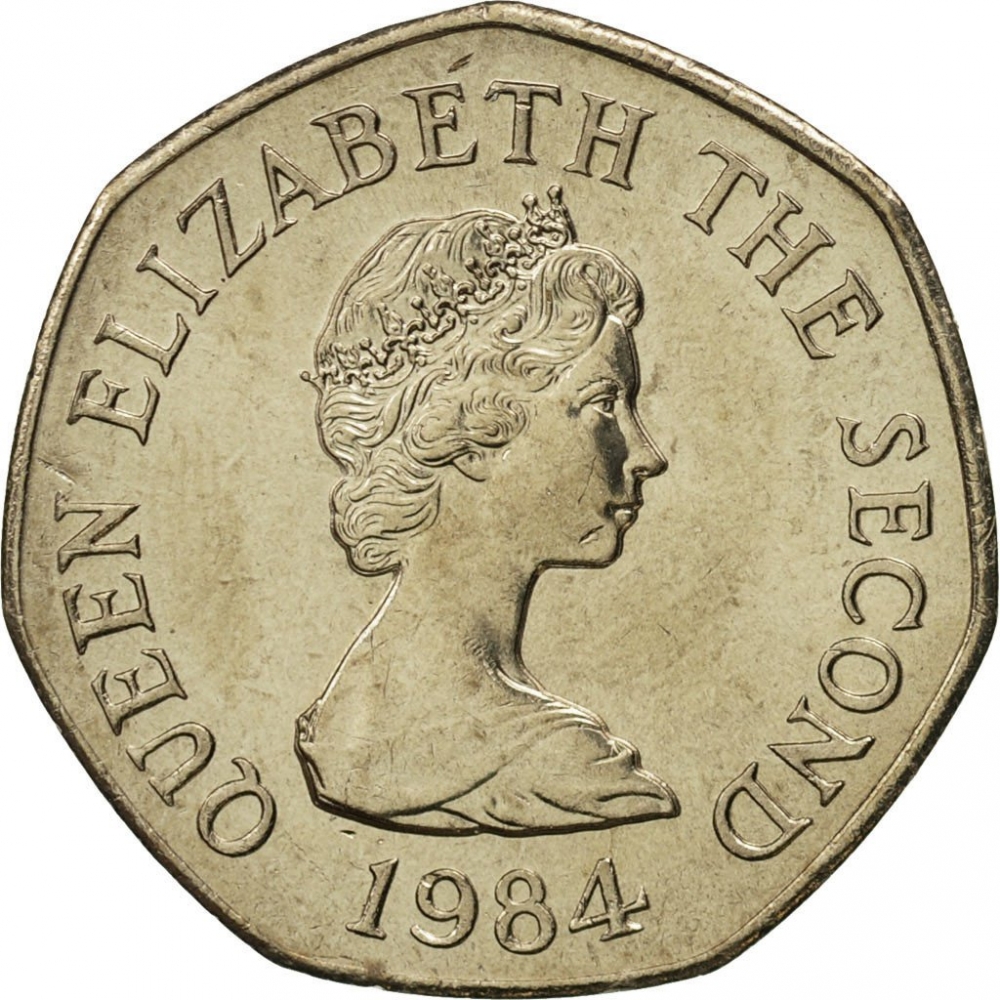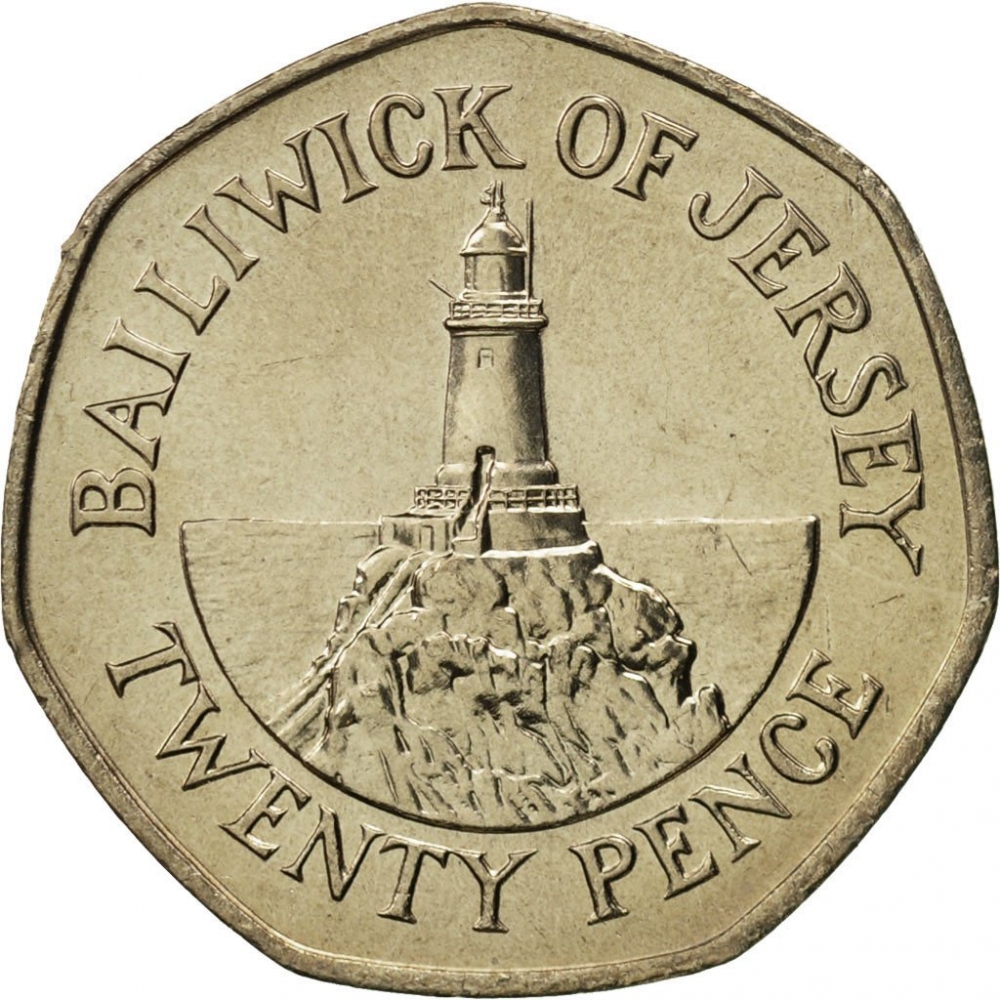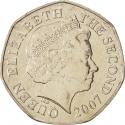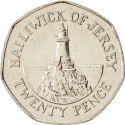You are about to finish your registration. Please check your mailbox (including spam folder). There should be a letter with a confirmation link. Check setting to make sure that your e-mail address is correct.
Send letter againDescription
Jersey, officially the Bailiwick of Jersey, is a Crown dependency of the United Kingdom, ruled by the Crown in right of Jersey, off the coast of Normandy, France. Jersey was part of the Duchy of Normandy, whose dukes went on to become kings of England from 1066. After Normandy was lost by the kings of England in the 13th century, and the ducal title surrendered to France, Jersey and the other Channel Islands remained attached to the English crown.
Jersey is a self-governing parliamentary democracy under a constitutional monarchy, with its own financial, legal and judicial systems, and the power of self-determination. The Lieutenant Governor on the island is the personal representative of the Queen.
Obverse

|
Second crowned portrait of HM Queen Elizabeth II facing right, wearing the Girls of Great Britain and Ireland tiara. QUEEN ELIZABETH THE SECOND |
|---|---|
Reverse

|
Depicts La Corbière Lighthouse with the sea in the background, state name above, value below. BAILIWICK OF JERSEY |
| Edge |
20 Pence
2nd portrait
KM# 66
Characteristics
| Material | Cupronickel |
| Weight | 5 g |
| Diameter | 21.4 mm |
| Thickness | 1.7 mm |
| Shape |
|
| Sides | 7 |
| Alignment | Medal |
| Mint |
Royal Mint
|



